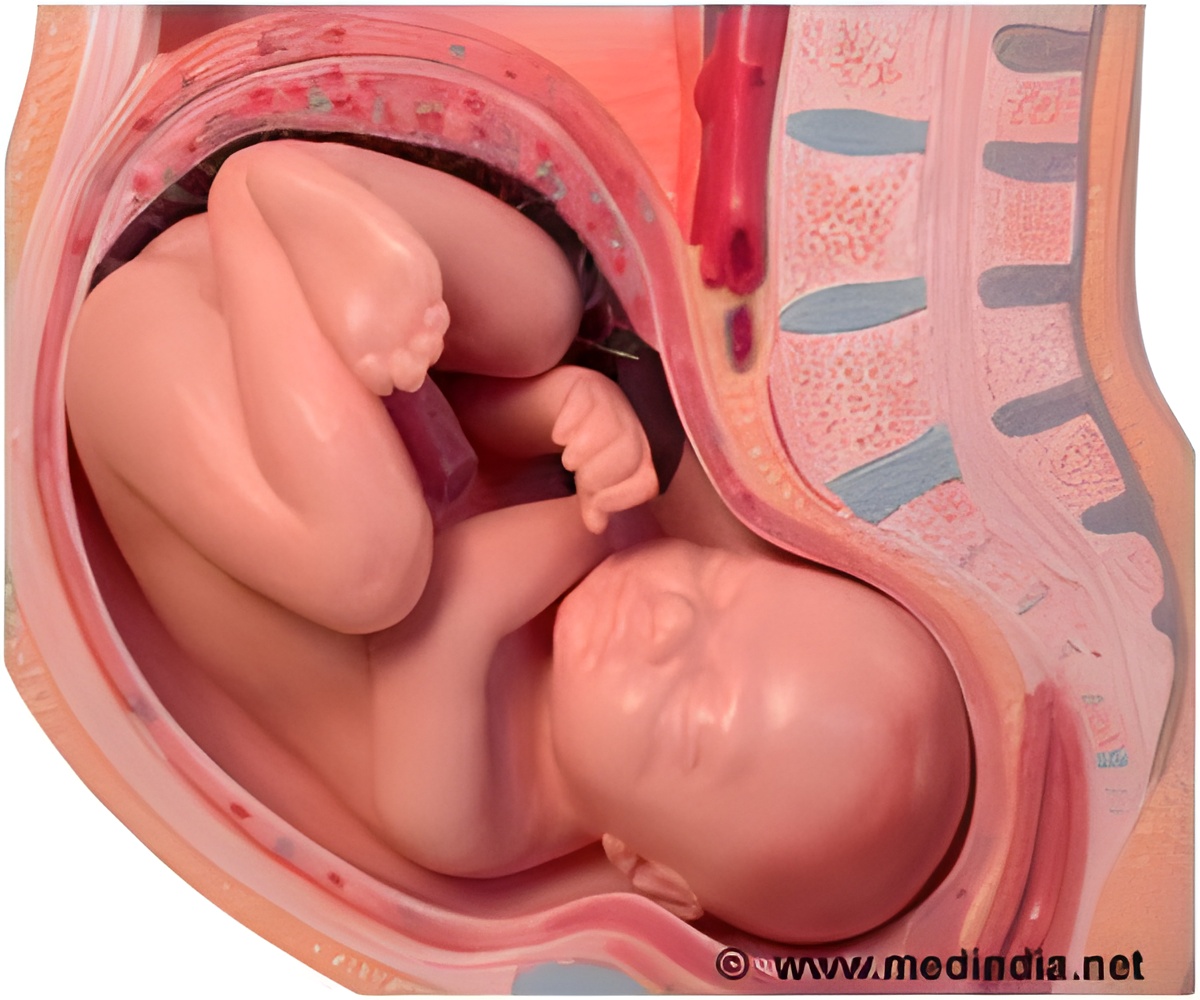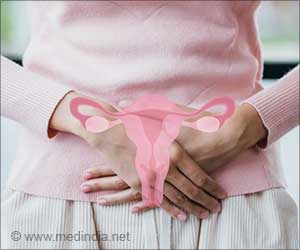According to a recent research, pregnant women who have less number of capillaries under their skin during pregnancy are at an increased risk for preeclampsia.

Researchers now find that among pregnant women who developed preeclampsia later in pregnancy, the number of capillaries was reduced early on—even at 20 weeks of pregnancy. Data show that using this novel, simple measure seemed to identify those women likely to develop preeclampsia 87 percent of the time—an improvement to the currently used screening test. Repeating the test during the course of pregnancy at or after 27 weeks gestation accurately identified the condition 75 percent of the time and was less likely to include women who would not go on to develop the condition.
"We found that the predictive value of measuring [relative] changes in the capillaries far exceeds that of [the uterine Doppler] scan that is currently used," said Tarek Antonios, MD, St. George's, University of London, and the study's lead investigator. "If the results of this research are confirmed in a larger study, this technique could change clinical practice and be used as a novel way to predict preeclampsia so that more timely medical care can be provided to these pregnant women and prevent thousands of women and hundreds of thousands of infants from dying from this disease."
Preeclampsia is characterized by a rapid rise in blood pressure, leakage of protein in the urine and swelling of the legs after the 20th week of pregnancy. While the exact cause of preeclampsia is not fully understood, there is increasing evidence to suggest widespread abnormalities in the small blood vessels, called microcirculation, before the onset of preeclampsia. When capillaries are blocked or reduced in number, normal blood flow is obstructed and affected body tissues can suffer from lack of enough oxygen. This lack of oxygen (or hypoxia) is thought to be the trigger of the abnormalities that cause preeclampsia.
Preeclampsia affects up to 7 percent of all pregnancies. It is also the second leading cause of death during pregnancy behind complications of the delivery itself. The condition can damage blood vessels in the body and, if untreated, increases the risk of developing eclampsia, which in Greek means flashing light or lightening because of its sudden onset. Eclampsia can result in dangerous seizures, stroke and multiple organ failure. In addition to its deleterious effects on expectant moms, preeclampsia can also cut off blood supply to the fetus and result in premature birth or even death. Dr. Antonios said that many women in developing countries die from this condition shortly after the diagnosis because they cannot get adequate medical care or because it is too late to respond to treatment.
Currently, a uterine artery Doppler scan is used to determine a woman's risk of preeclampsia by evaluating blood flow through the artery in the uterus. However, Dr. Antonios says this test is only 50 percent accurate. In this study, researchers measured skin capillary density according to a well-validated protocol at five consecutive, predetermined visits in 322 consecutive Caucasian women, of which 305 subjects completed the study.
Advertisement
He adds that combining this new approach with the uterine artery Doppler pulsatility index increased theoverall accuracy of the prediction.
Advertisement
Dr. Antonios says a larger study is needed to validate these initial results and should include a morediverse sample of women.
Source-Eurekalert











